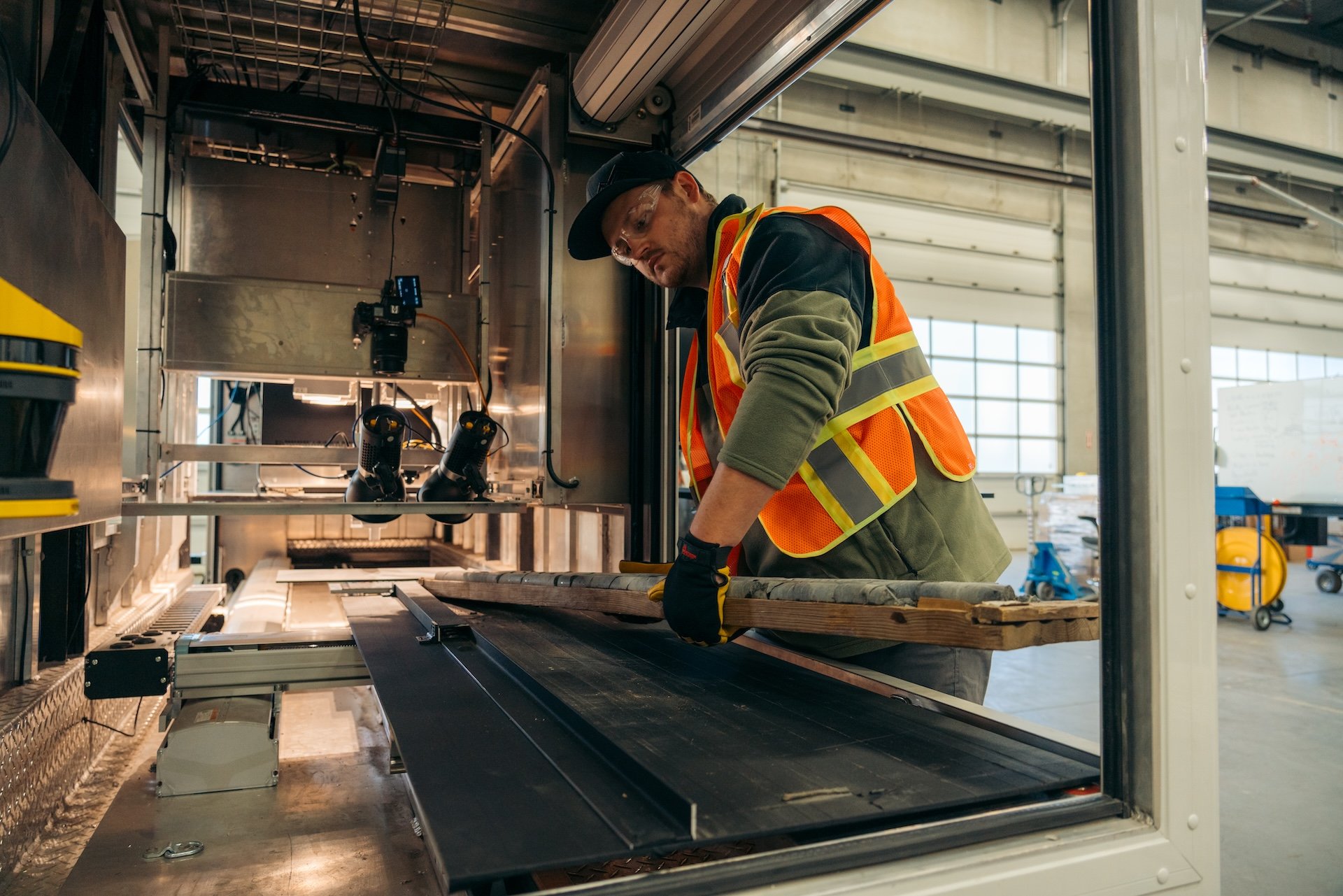Top 8 Ways Core Scanning Enhances Mine Efficiency
1. Faster Data Acquisition
Traditional core logging methods are time-consuming, requiring geologists to manually inspect and record data. Core scanning technologies, such as hyperspectral imaging and X-ray fluorescence (XRF), automate data collection, drastically reducing the time required to gather comprehensive information. This makes data available to core loggers prior to logging rather than having to wait several weeks for lab results.
2. Improved Accuracy and Consistency
Manual logging can be subjective and prone to human error. Core scanning uses hyperspectral and XRF information to provide objective and consistent data to aid geologists during logging. AI solutions allow for the consumption of big data and utilization of machine learning to better define lithological and domain changes which ensure a more accurate geological model. By utilizing downhole XRF and hyperspectral data to interpret lithology, alteration, and mineralization, core loggers make more consistent and accurate picks thereby improving model consistency and accuracy from the roots.
3. Enhanced Geological Understanding
Core scanning techniques provide detailed mineralogical and geochemical data, enabling better understanding of the ore body. This data is crucial for understanding alteration and mineralization patterns which lead to optimized mine plans and resource estimation. For example, visually indistinguishable units can be separated using XRF and hyperspectral data. Advanced Products such as GeologicAI’s Auto Lithology Logger and Mineral Maps are used to define mineral composition and distribution within the core. These interpretations can be made in time to inform drilling or mine plan decisions and make significant impacts at an active mine or drill program.
4. Real-Time Data Integration
Data on the Digital Core Table can integrate with geological software, allowing for real-time data analysis and visualization. With these solutions, decision making time can be trimmed from months to days and geologists can make quicker and more informed decisions, improving the efficiency of exploration and development activities.
5. Cost Reduction
By speeding up data collection and improving accuracy, core scanning reduces the overall cost of exploration and mining operations. Faster data acquisition means less downtime for drilling rigs and more efficient use of resources. Advanced Products such as the Auto Sampler can be used to optimize sampling programs for better modeling and mine planning, reducee dilution, and optimize ore extraction processes. Improved accuracy and consistency of logging data going into the model will ensure that less time and human effort will be needed in the future to revisit and correct legacy data, since the data has been backed by geochemistry and hyperspectral from the roots.
6. Environmental Benefits
More precise geological data leads to better-targeted drilling and mining activities, minimizing environmental disturbance and energy expenditure. Core scanning helps in identifying the most economically viable areas to mine, near misses during drilling, and reducing unnecessary excavation and associated environmental impacts. The identification of deleterious elements can be used to monitor environmental impacts throughout the entire mine cycle for improved ESG responsibilities.
7. Enhanced Safety
Core scanning can identify hazardous geological conditions early, such as zones of high stress or major faults visible from modeling. This information is crucial for planning safe mining operations, preventing accidents, and ensuring the safety of mine workers. RQD and rock competency data generated from the Core Table can be integrated into the model to help with better mining and drilling decisions and ensure safe operations.
8. Historical Data Utilization
Many mining companies have vast archives of core samples. Core scanning technology allows these samples to be reanalyzed with modern techniques, extracting new insights from old data and potentially discovering previously overlooked resources. Legacy data which does not conform to new interpretations, require extensive time and effort to revisit and tend to develop into large re-logging campaigns. The Auto-Lithology Logger can be trained and utilized to retrofit legacy data to conform to new interpretations from scanning data, thereby significantly cutting down the manual work required to revisit this legacy data.
By integrating these advanced technologies, core scanning transforms the traditional approach to geological exploration and mining, leading to more efficient, cost-effective, and environmentally friendly mining operations.

